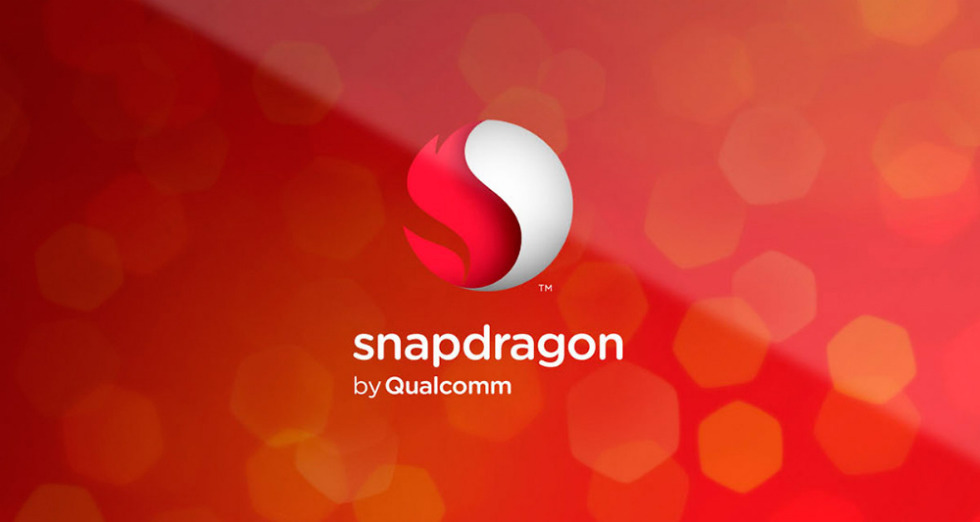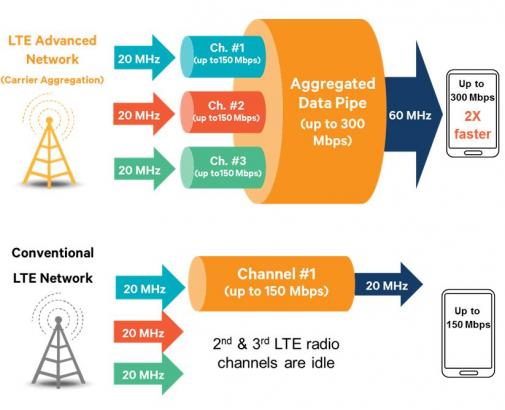Qualcomm announced two new Snapdragon processors this morning, the Snapdragon 808 and the Snapdragon 810. According to Qualcomm, these two chipsets are the highest performing mobile processors from the company to date, specifically geared at powering the latest generation of flagship smartphones and tablets.
Both processors support 3x20MHz carrier aggregation designed to reach CAT 6 speeds of up to 300 Mbps, meaning downloads on mobile devices could potentially be quite fast in comparison to how they are now. Here in the United States, we still have a bit of work to do on our infrastructure before we see LTE Advanced across the nation, but AT&T and Verizon have been leading the charge.
The Snapdragon 810 and Snapdragon 808 chips are both 64-bit enabled, as well as LTE-enabled out of the gate. Qualcomm states that these two chips are the company’s “focus on 64-bit leadership, accelerating its availability across all product tiers, while maintaining a long-term commitment to the continued development of its own next-generation custom 64-bit CPU microarchitecture.”
Let’s talk about how these two separate chips differ, shall we?
Highlights
Snapdragon 810
- Native 4K Ultra HD support.
- Combined 64-bit quad core ARM Cortex-A57 CPUs and Cortex-A53 CPUs.
- Adreno 430 GPU (30% faster performance over the Adreno 420).
- Support for OpenGL ES 3.1, plus hardware tessellation.
- The Snapdragon 810 intros high-speed LPDDR4 memory.
- Frame buffer compression and external 4K display support via HDMI1.4.
- Supports NFC, Bluetooth 4.1, and USB 3.0.
Snapdragon 808
- Designed for WQXGA devices, featuring resolutions of 2560 x 1600.
- Adreno 418 GPU (20% faster performance over the Adreno 330).
- Support for OpenGL ES 3.1, plus hardware tessellation.
- Configured with two ARM Cortex-A57 cores paired with a quad Cortex-A53 CPU.
- 12-bit dual Image Signal Processors.
- Support for LPDDR3 memory.
- Frame buffer compression and external 4K display support via HDMI1.4.
Both new Snapdragons are set to begin sampling with OEMs in the second half of 2014. In terms of when we should start seeing these becoming highly adopted, we might have to wait a while. Worst case scenario, CES 2015 should be pretty awesome.


Collapse Show Comments65 Comments